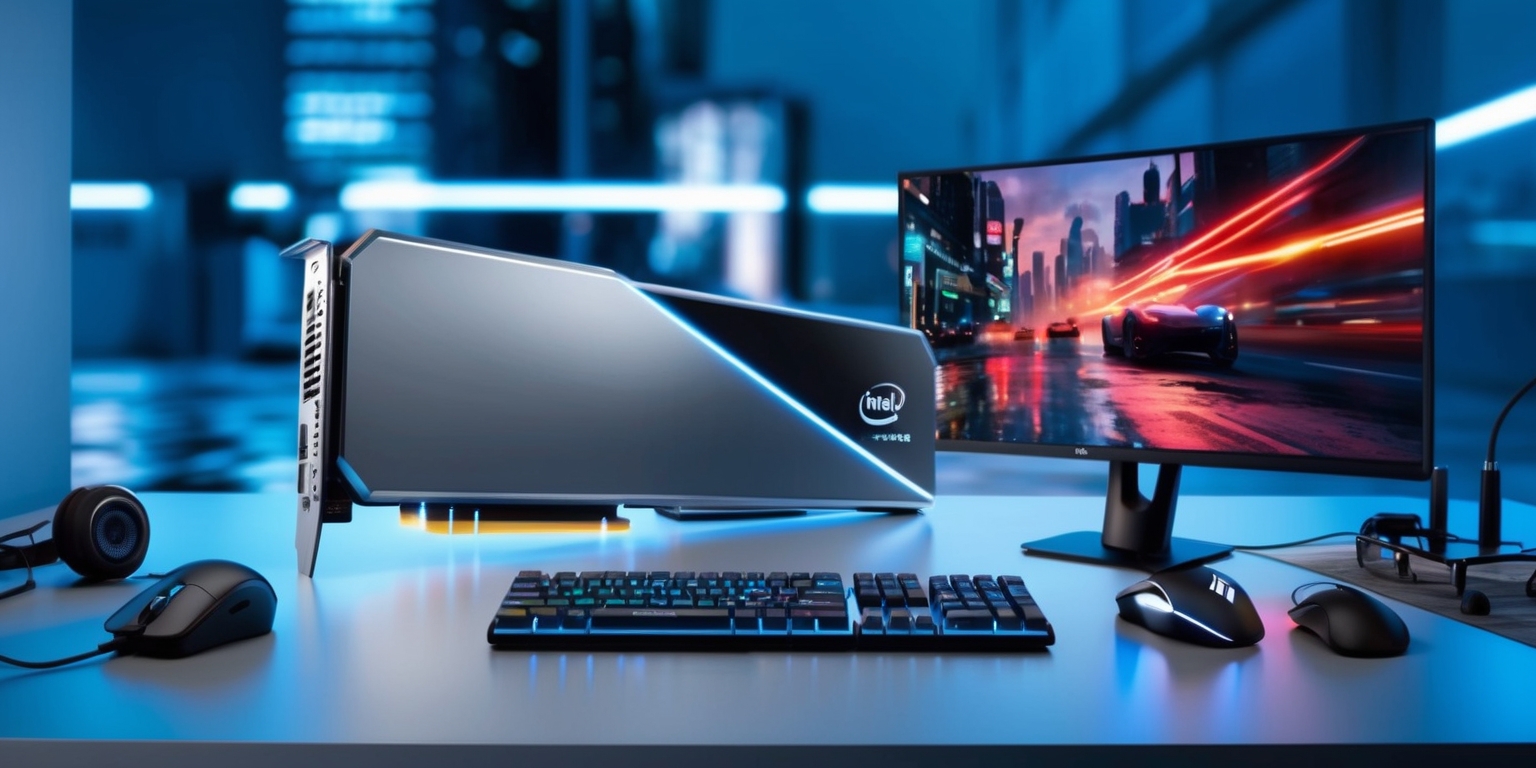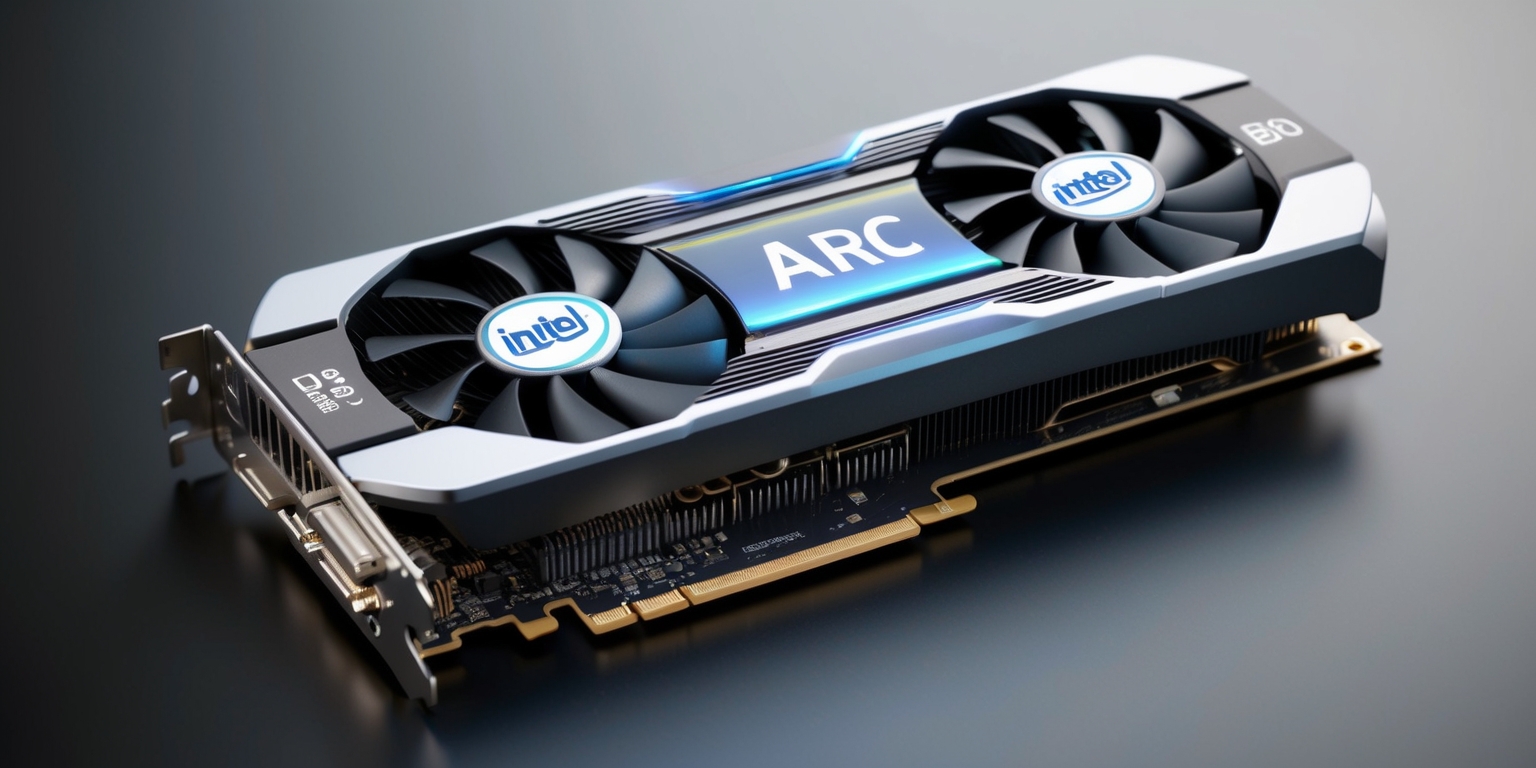Intel Arc B580 Review: A Budget-Friendly Powerhouse for Gamers
24 Dec 2024

within the continuously changing realm of graphics cards, Intel's latest release, the Arc B580, is making waves for budget-conscious gamers. With the promise of high performance, substantial video memory, and innovative advancement, it distinguishes itself as a compelling option. As gamers seek a balance between cost and capability, the Arc B580 positions itself as a pivotal player in a market often dominated by a select few. This review delves into its features, performance metrics, strengths, and challenges, revealing why it might be the go-to choice for many enthusiasts.
Introducing a Game Changer
The Intel Arc B580 marks the company's second-generation GPU architecture, presenting significant insights into what gamers can expect from mainstream graphics technology. Designed with both machine learning and ray tracing capabilities, the graphics card is poised to make a substantial impact within its price bracket.
Pricing and Market Position
Priced at $250, the Arc B580 brings an enticing proposition to the forefront of the budget GPU market. Its launch aims to directly compete against established models like Nvidia’s RTX 4060, which retails at a higher price point and offers less memory. This pricing strategy not only attracts gamers looking for value but also reflects Intel's commitment to fostering competitive innovation in the industry.
Design and Build Quality
The reference card of the Arc B580 is noteworthy for its robust and quiet design. Featuring a single PCI-e eight-pin power input, it operates efficiently with power consumption levels hovering between 170 to 180W. Its setup is straightforward and user-friendly, appealing to gamers who prioritize an effortless installation process without extended configurations.
Display Ports and Compatibility

Intel has equipped the B580 with a classic display output configuration. The card includes a trio of DisplayPorts along with an HDMI 2.1 output. However, gamers should note that HDMI connectivity can occasionally present issues with certain capture cards, which may require a workaround using DisplayPort adapters for seamless functionality.
The Value of Benchmark Testing
While this review cannot provide the traditional detailed benchmarking reports due to system upgrades, the available performance metrics are quite promising. The Arc B580 is anticipated to perform impressively, illustrating the potential for transformative advancements in gaming graphics.
Exceptional Ray Tracing Capabilities
Ray tracing emerges as the standout feature of the Arc B580, showcasing Intel's commitment to delivering modern graphical fidelity. In popular titles like “Alan Wake 2,” the card demonstrates superior reflection and transparency effects, surpassing the capabilities of the PS5 Pro version by a significant margin at 1080p resolution. The competitive edge against the RTX 4060 is particularly noticeable, with the B580 claiming a 29% lead in this respect.
High-Performance in Diverse Games
When testing a variety of games, the B580 consistently outperformed rivals. In “Dying Light 2,” it achieved a 14% performance advantage over the Nvidia competitor, while in “Metro Exodus” it excelled by an impressive 16% margin. These results emphasize that the B580 may be the best entry-point for gamers wanting to experience immersive titles without overspending.
Rasterization Performance Insights
While ray tracing showcases the card's capabilities, rasterization performance presents a mixed bag. In certain titles, such as “Cyberpunk 2077,” users may encounter stutters that are absent with Nvidia options. Nevertheless, the B580 maintains competitive rasterization scores, matching its Nvidia counterpart closely in various scenarios.
Driver Issues: A Potential Setback
As with any new technology, driver support poses challenges. During testing, we experienced significant stuttering in benchmarks for several titles, raising questions about the robustness of Intel's support structure. While the company claims prior issues are addressed, ongoing bugs with popular games could leave potential buyers wary.
Struggles with Legacy Games
Gaming performance across older titles remains a concern for the B580. Despite patches improving experience, some classic games still experience compatibility glitches which may hinder the overall enjoyment. For example, issues persisted with “Assassin's Creed Unity,” a staple title that many gamers expect to run smoothly.
The Competitive Edge in VRAM
The 12GB of VRAM in the Arc B580 presents a distinct benefit. Compared to the competition, particularly the RTX 4060’s 8GB, the additional memory is a critical selling point, especially at higher resolutions and details. Gamers aiming to push settings to their limits will find this aspect particularly advantageous.
Performance and Efficiency Comparison
When evaluated against its rivals, the B580 demonstrates an appealing price-to-performance ratio. It bridges the gap between affordability and high-quality gaming, offering an enticing alternative for those on a budget without sacrificing essential features.
Future-Proofing with AI Capabilities
Intel's advancement into AI-driven features is also noteworthy. With expectations to integrate AI pipelining effectively, the B580 is poised to compete robustly in the emerging landscape of upscaling technologies. Although current support for such capabilities is limited compared to Nvidia's Deep Learning Super Sampling or AMD's FidelityFX Super Resolution, the prospect of more inclusive future upgrades remains promising.
Conclusion: An Alluring Option
In summary, the Intel Arc B580 carves out its place in the graphics market as a highly compelling addition. It excels in critical aspects such as ray tracing, VRAM capacity, and competitive pricing. While there are caveats with driver support and legacy game performance, the overall package presents a strong argument for its adoption among budget-conscious gamers. This new offering challenges the established norms, invigorating a segment of the market that had grown stagnant, and serves as a reminder of the rapid innovations that Intel aims to continue facilitating moving forward.







